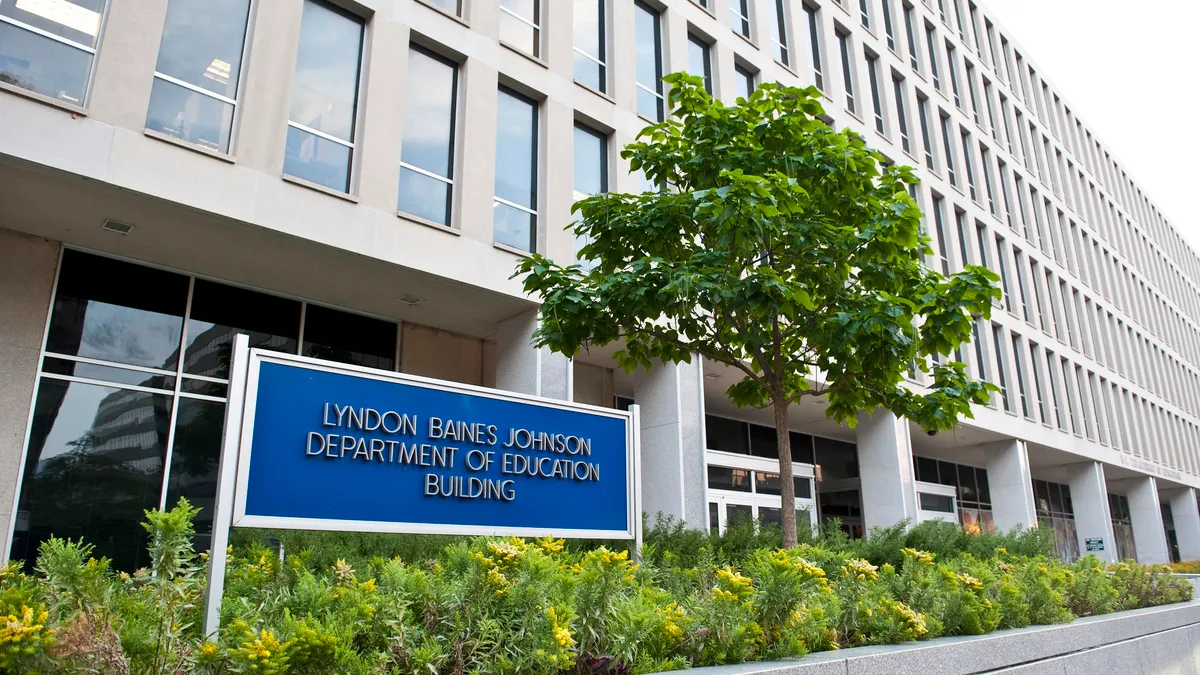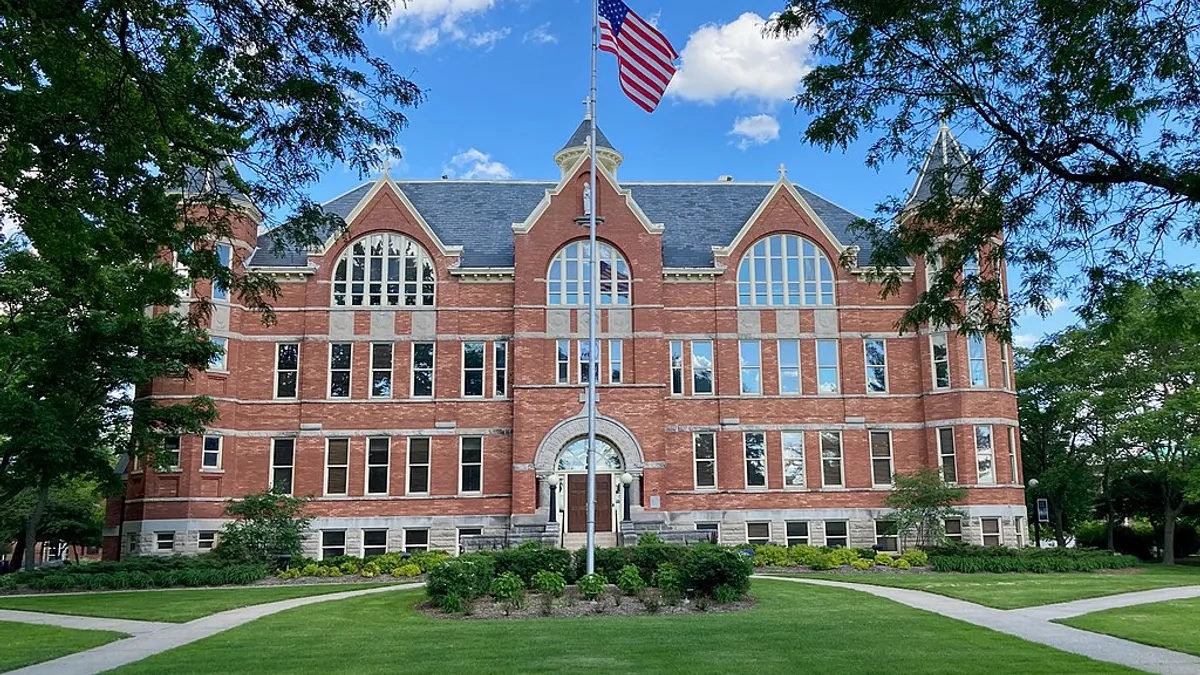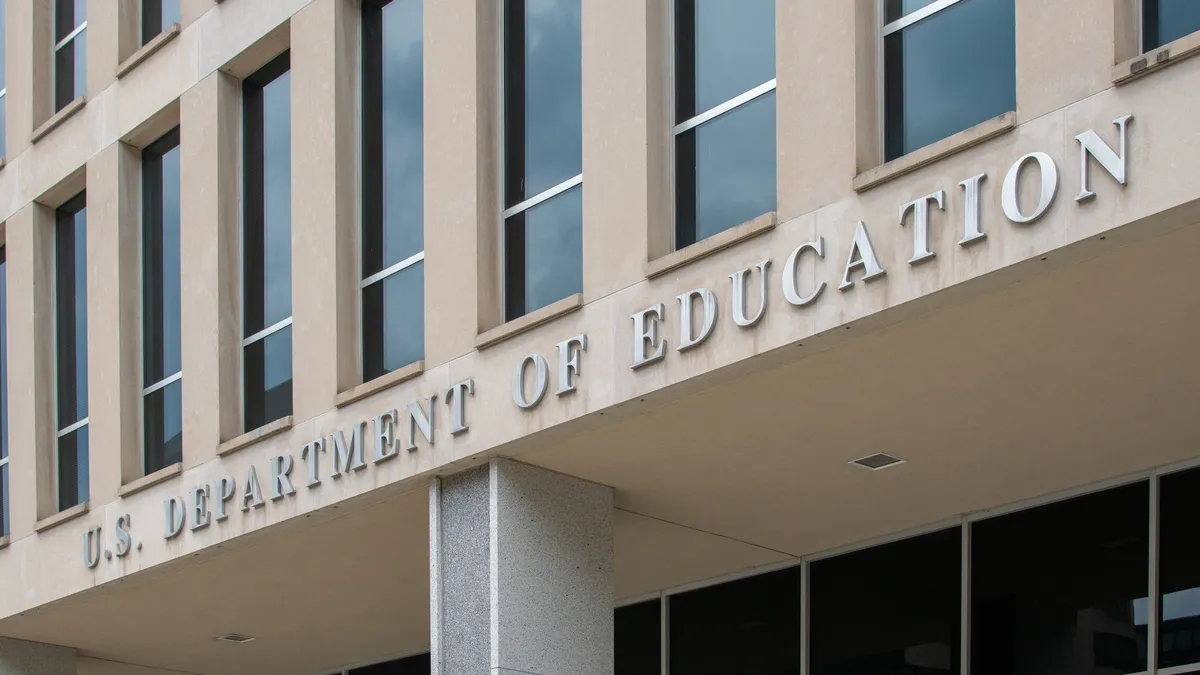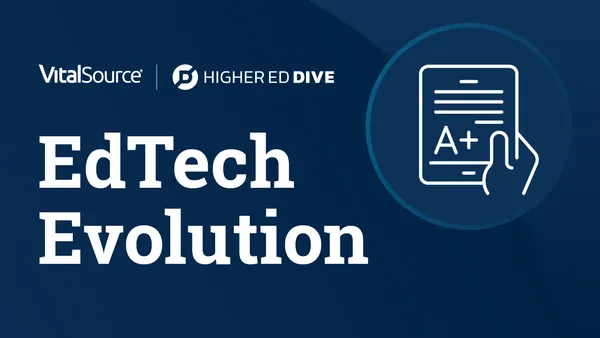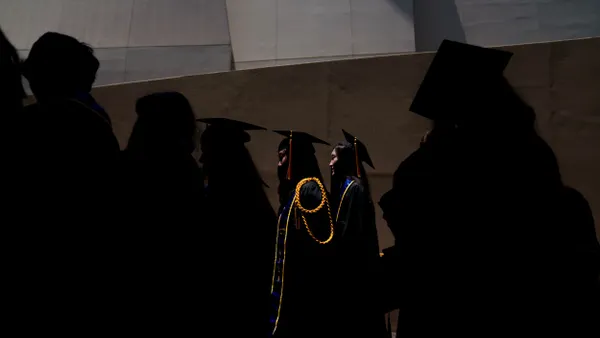Dive Brief:
- The U.S. Department of Education on Thursday officially launched the 2025-26 Free Application for Federal Student Aid form after several rounds of beta testing.
- The form is launching 10 days ahead of Dec. 1, the date by which the department promised students and lawmakers the form would be live this year.
- The Education Department began beta testing the FAFSA on Oct. 1, the date it’s usually released to the public. Since then, over 167,000 students successfully submitted the form, with records sent to more than 5,200 higher education institutions, according to the agency.
Dive Insight:
College financial aid workers are hoping for a smoother FAFSA rollout this year. Last year’s form was plagued with technical glitches and last-minute delays, forcing some colleges to push back their typical May 1 commitment deadline.
Some institutions have even attributed recent enrollment declines to the botched FAFSA rollout.
Earlier this fall, Drexel University said its budget gap grew by $22 million after first-year student enrollment fell short of expectations, placing blame on the form’s rocky release. The private institution has since announced it will lay off 60 staff members to help remedy its budget woes.
Northern Illinois University likewise faulted the FAFSA rollout for a decline in the institution’s first-year enrollment. An administrator argued that the institution was hit harder than its peers because it serves larger shares of first-generation and low-income students.
Overall, first-year enrollment fell 5% in fall 2024 compared to the prior year, according to preliminary figures from the National Student Clearinghouse Research Center. However, those findings may significantly change when the clearinghouse releases final figures in January.
Despite last cycle’s FAFSA woes, Education Department officials struck a positive tone in statements Thursday.
“After months of hard work and lots of feedback from students, schools, and other stakeholders, we can say with confidence that FAFSA is working and will serve as the gateway to college access and affordability to millions of students,” U.S. Secretary of Education Miguel Cardona said in a statement.
Still, the form’s release is nearly two months later than usual — a delay lawmakers are trying to avoid in the future. On Thursday, the Senate passed a bill that would mandate the Education Department to release the form by Oct. 1. The measure now heads to the president’s desk for signature.
The Education Department pointed to recent changes aiming to improve the FAFSA completion process. The department has added more than 700 agents to its contact center since January, and has hired an additional 225 workers to help with high demand over the next few weeks, according to its announcement.
The agency has also extended contact center hours. However, the Education Department warned that callers “may temporarily experience longer than usual wait times” during periods of high demand.
The Education Department has caught flak for offering poor support services during the last FAFSA cycle. A scathing September report from the U.S. Government Accountability Office found nearly three-quarters of calls to the department’s call centers went unanswered between January and May, the first five months of the FAFSA rollout.
After the bumpy transition, the Education Department tapped Jeremy Singer, College Board’s president, to oversee the agency’s FAFSA release for the 2025-26 form. Singer took a leave of absence from the nonprofit to serve as the department’s FAFSA executive advisor.
On Thursday, Singer expressed confidence in the form’s launch.
“The 2025–26 FAFSA form that we officially released today is the same form that has been live for the past 7 weeks for the more than 140,000 students who successfully submitted applications,” Singer said in a statement.
However, batch corrections are not yet live. Batch corrections allow colleges’ financial aid administrators to submit changes to many FAFSA records at once. They are usually available when the form is released. Without them, financial aid workers will have to correct records individually, increasing their administrative burden.
The Education Department said it will release batch corrections in “the coming months.”
Editor’s note: The National Student Clearinghouse Research Center announced Jan. 13 that a methodology error led to incorrect figures for first-year students in its preliminary enrollment data for fall 2024. Further research from the clearinghouse shows that first-year enrollment increased.



